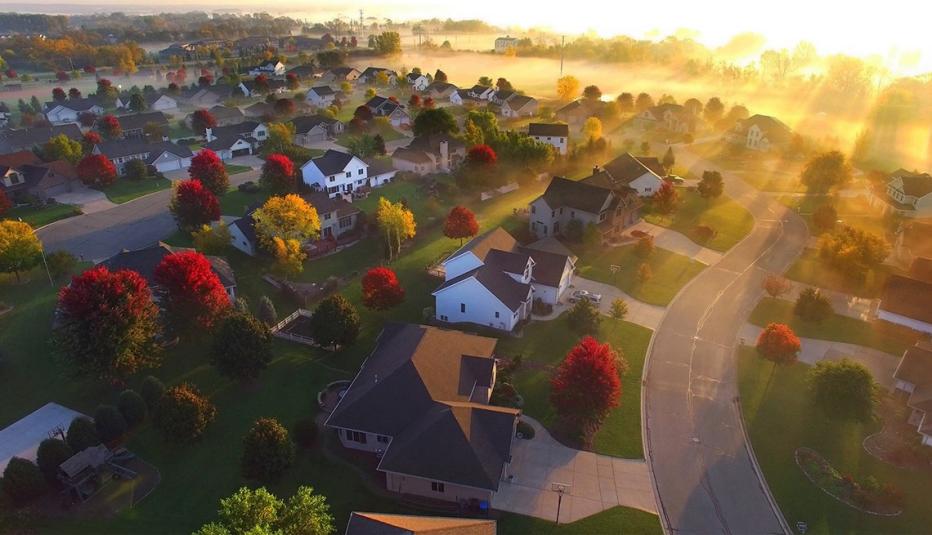AARP Hearing Center
Results from this study of adults ages 45 and older suggest that wanting to remain in one’s home and one’s community as one ages continue to be paramount. While nearly three-quarters of respondents strongly agreed with the statement, “what I’d really like to do is stay in my current residence for as long as possible,” roughly two-thirds strongly agreed with the second statement, “what I’d really like to do is remain in my local community for as long as possible.”
Additionally, aspects of one’s community continue to be the primary motivation for aging in place as one ages reflected in the two-thirds of respondents who agreed that they want to stay in their home because they like what their community has to offer. In contrast, roughly one-quarter of respondents noted that they would stay in their community because they cannot afford to move.
Other key findings include:
- Eight in ten respondents reported their current home having a full bath on the main level as well as a bedroom (or a room that could be used as a bedroom) on the main level. Roughly two‐thirds reported having a sidewalk in front of their home. However, fewer than half of the respondents said their house has a half bath on the main level, an entrance without steps, door handles that are levers instead of knobs, or doorways that are wider than standard.
- When asked about seven different community aspects and the level of importance they have for them, two‐thirds of respondents said that being near friends and/or family and being near where one wants to go (i.e., grocery stores, doctor’s offices, the library) is extremely or very important to them. Roughly half noted that being near church or social organizations or being somewhere where it’s easy to walk are extremely or very important to them, while somewhat fewer said the same thing about being near good schools or being near work. Only about one‐fifth of respondents reported that being near transit (bus or rail) was extremely or very important to them.
This telephone survey of 1,616 adults ages 45 and older was conducted for AARP by GfK Custom Research North America as part of OMNITEL, their weekly telephone omnibus survey, from July 16-25, 2010. For more information about this research, please contact Teresa A. Keenan, Ph.D., at 202-434-6274.




































































